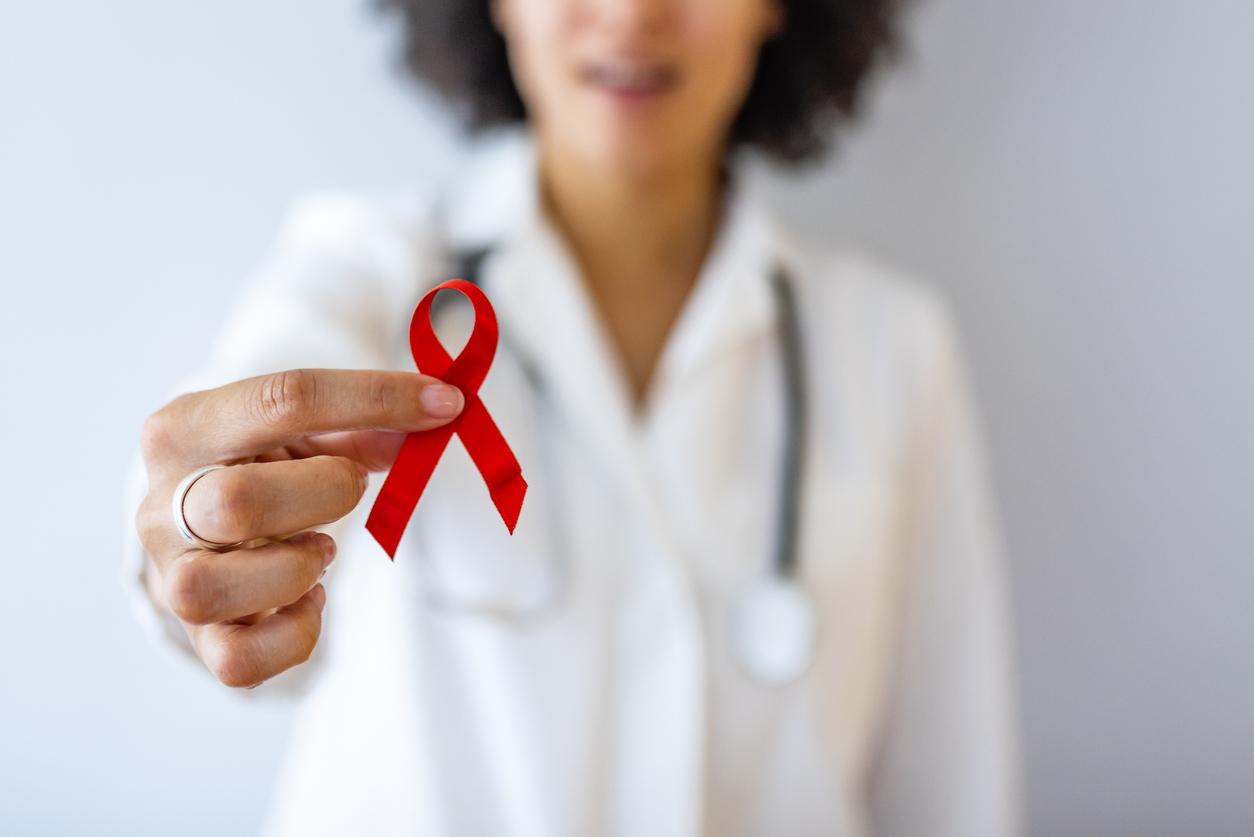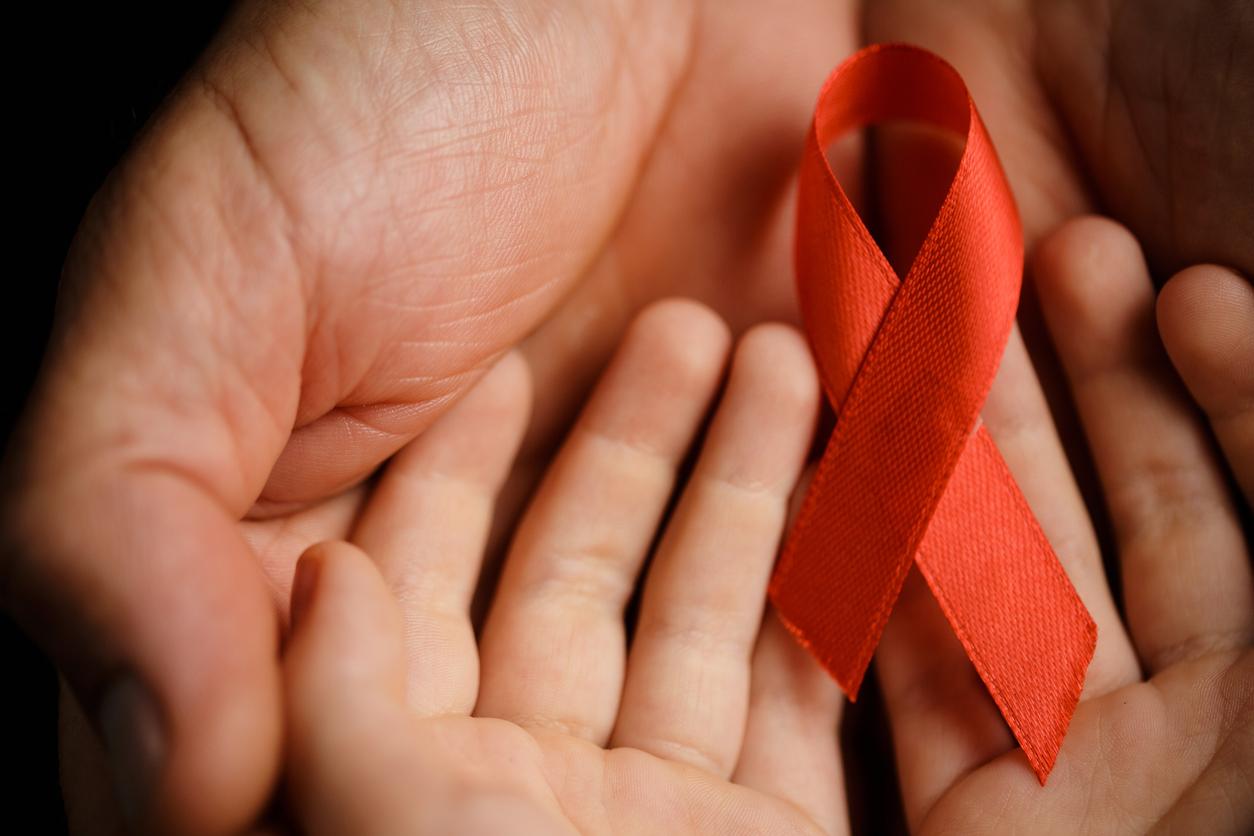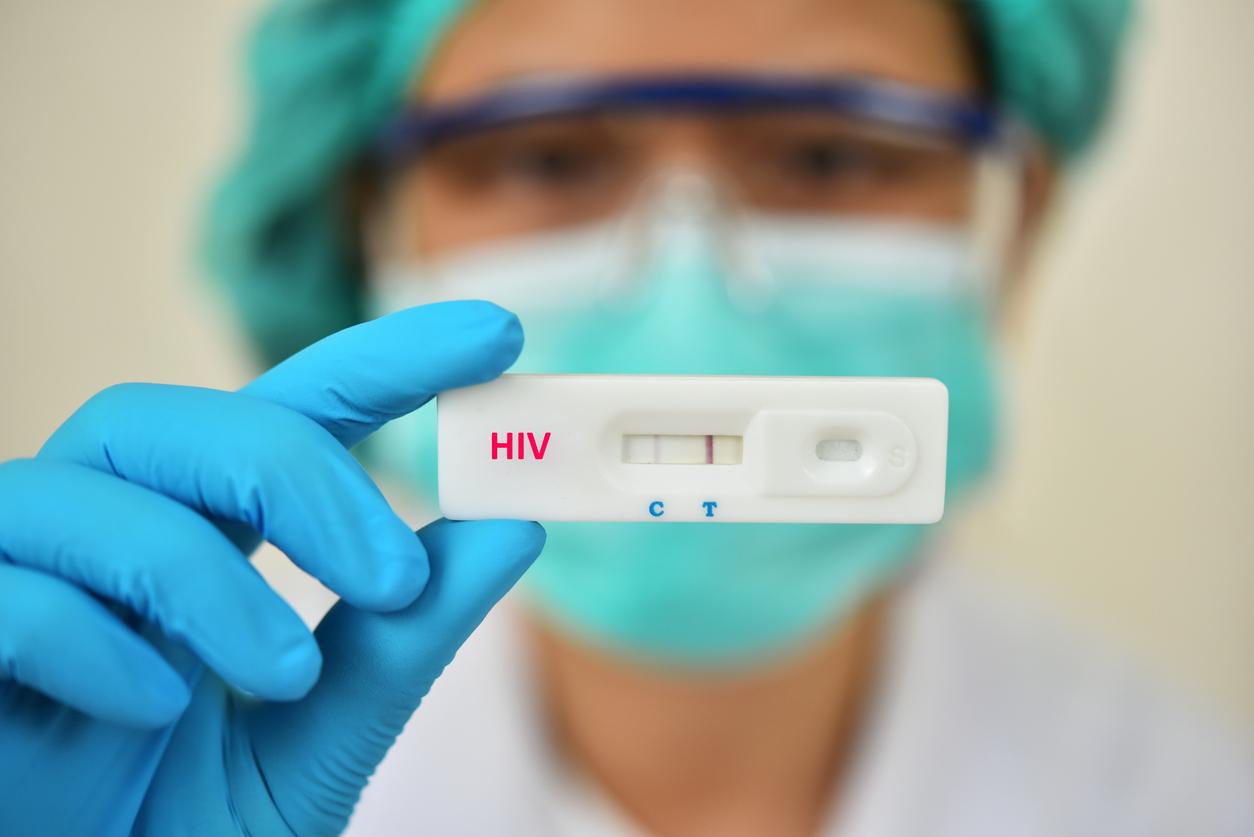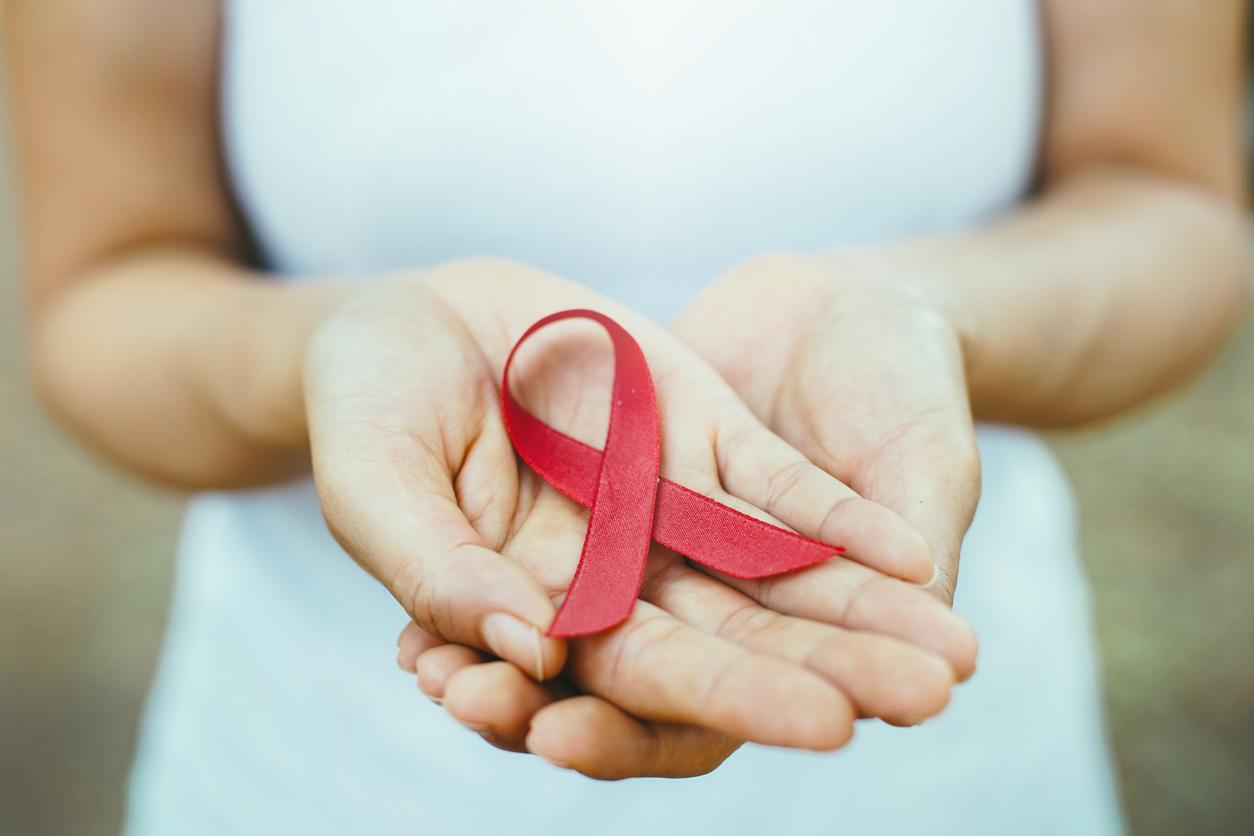Nearly a quarter of young people aged 15 to 24 consider themselves poorly informed about AIDS, hence a lack of knowledge of the disease.

23% of young people aged 15 to 24 believe that they are poorly informed about AIDS, according to figures from the Ifop barometer for Sidaction, revealed by the Sunday newspaper. An increase of twelve points compared to 10 years ago. “All our indicators show a worrying situation. There is a relative lack of interest among young people with regard to AIDS”, explained Frédéric Dabi, deputy director general of Ifop, to the JDD.
21% of young adults say they are not afraid of HIV
Thus, 21% of young adults surveyed say they are not afraid of HIV, and 28% think that HIV can be transmitted by having safe sex, which is totally false. A lack of knowledge of the disease due to a lack of training on the subject. One in five secondary school students claims to have never received any specific teaching on AIDS, and 73% of adolescents believe that they are insufficiently informed by National Education.
“Young people do not feel concerned, do not have the impression of having risky relationships. They know that there are drugs against HIV but not always that they do not cure… they do not know that in the long term, under antiretrovirals, some patients develop cardiovascular diseases or early neurological disorders”, deplores Françoise Barré Sinoussi, president of the Sidaction association and co-discoverer of the virus in 1983. “In the population, knowledge is incomplete, often erroneous Young people don’t protect themselves enough, they don’t get enough screening,” the scientist still worries.
Three modes of HIV transmission
On the other hand, risky practices among this category of the population have decreased: 8% in 2018 against 14% in 2017. In 2017, around 6,400 people discovered their HIV status, a figure that has not decreased since 2010, according to the latest report of HIV surveillance from Public Health France. Among the people who discovered their HIV status in 2017, 3,600 (56%) were infected during heterosexual intercourse, 2,600 (41%) during intercourse between men and 130 (2%) by injection drug use.
The human immunodeficiency virus is a pathogen that notably targets CD4 lymphocytes, essential cells of our immune system. It leads to a chronic infection that can lead, in the absence of antiretroviral (ARV) treatment, to a characterized immunosuppression called “AIDS”.
There are three modes of transmission of HIV:
the sexual route during unprotected vaginal, oral or anal intercourse.
· the blood route, when there is an exchange of blood.
· from mother to child during pregnancy, childbirth and breastfeeding.

.

















